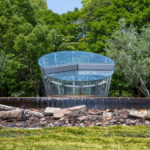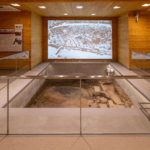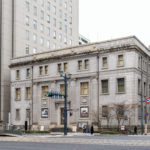The Collapse of Medical Treatment Following the Atomic Bombing, and Its Reconstruction
Takeshi Chida
Born in 1946, he completed a master’s degree at the Graduate School of Economics, Hiroshima University. After serving as the head of the Historiography Office of Kure City (1997) and a professor at the Faculty of Health and Welfare at Hiroshima International University (2002), Chiba currently serves as an advisor to Kure City (in charge of historiography of the City) and is a part-time lecturer at Hiroshima International University.
Introduction
This paper is built upon the Hiroshima Reconstruction and Peacebuilding Research Project’s document, Chapter 7: Realizing Adequate Healthcare and Medical Care, and Support for A-bomb-Survivors (hereafter, abbreviated as Support for A-bomb Survivors) in “Learning from Hiroshima’s Reconstruction Experience—Reborn from the Ashes”. While the document overviewed the medical healthcare for a-bomb survivors, this paper focuses on the fact that medical reconstruction and revitalization were achieved more quickly than expected and examines the situation as specifically as possible.
Unlike Support for A-bomb Survivors, this study partly refers to the pre-war period and wartime. This is because medical care in Hiroshima can hardly be discussed without taking into account the influence of Hiroshima’s role as a military city.







